Preparing chicken breasts to perfection can be a culinary challenge if certain common mistakes are not avoided. By making small adjustments in your cooking process, you can elevate the taste and texture of chicken breasts, ensuring they are always juicy and flavorful.
1. Cooking Cold Chicken
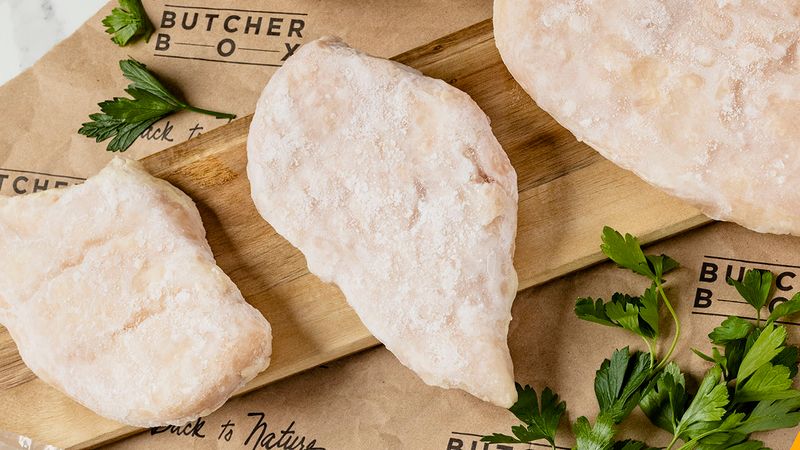
Have you ever wondered why your chicken breast turns out unevenly cooked? The culprit might be the temperature. Starting with cold chicken straight from the fridge is a common mistake. Allowing the chicken to come to room temperature for about 15 minutes can make a world of difference.
The warmth helps ensure even cooking and prevents the outside from drying out before the inside is done. Picture this: a moist, perfectly cooked chicken breast with every bite. It’s a small step that can transform your meal, leading to a more succulent and evenly cooked dish.
2. Forgetting to Use a Marinade

Does your chicken lack flavor? Skipping the marinade could be why. A marinade adds depth, tenderness, and a burst of flavor that can elevate a plain chicken breast into something extraordinary. By soaking your chicken for at least 30 minutes, you allow the flavors to penetrate deeply.
Imagine tasting the complexity of herbs and spices dancing on your palate. The simple mix of ingredients like lemon juice, garlic, and rosemary can transform your dish. Don’t miss out on this opportunity to indulge your senses with every bite.
3. Sticking to the Same Cooking Method
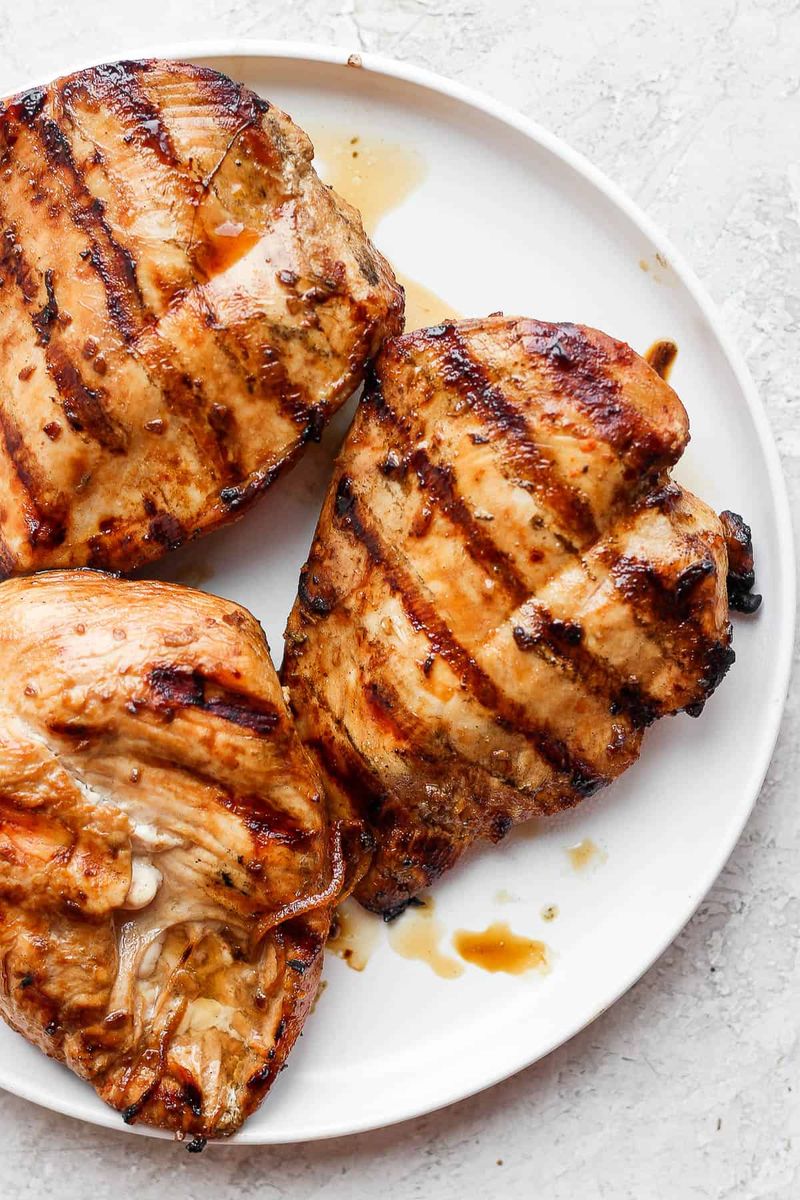
Variety is the spice of life, and your chicken deserves no less. Relying on one cooking method can become monotonous, limiting the potential flavors and textures.
Whether it’s grilling for that smoky char, baking for a juicy tenderness, or poaching for a gentle, moist finish, each method offers something unique. By experimenting with different techniques, you’ll keep your meals exciting and dynamic.
4. Not Using a Salt Brine
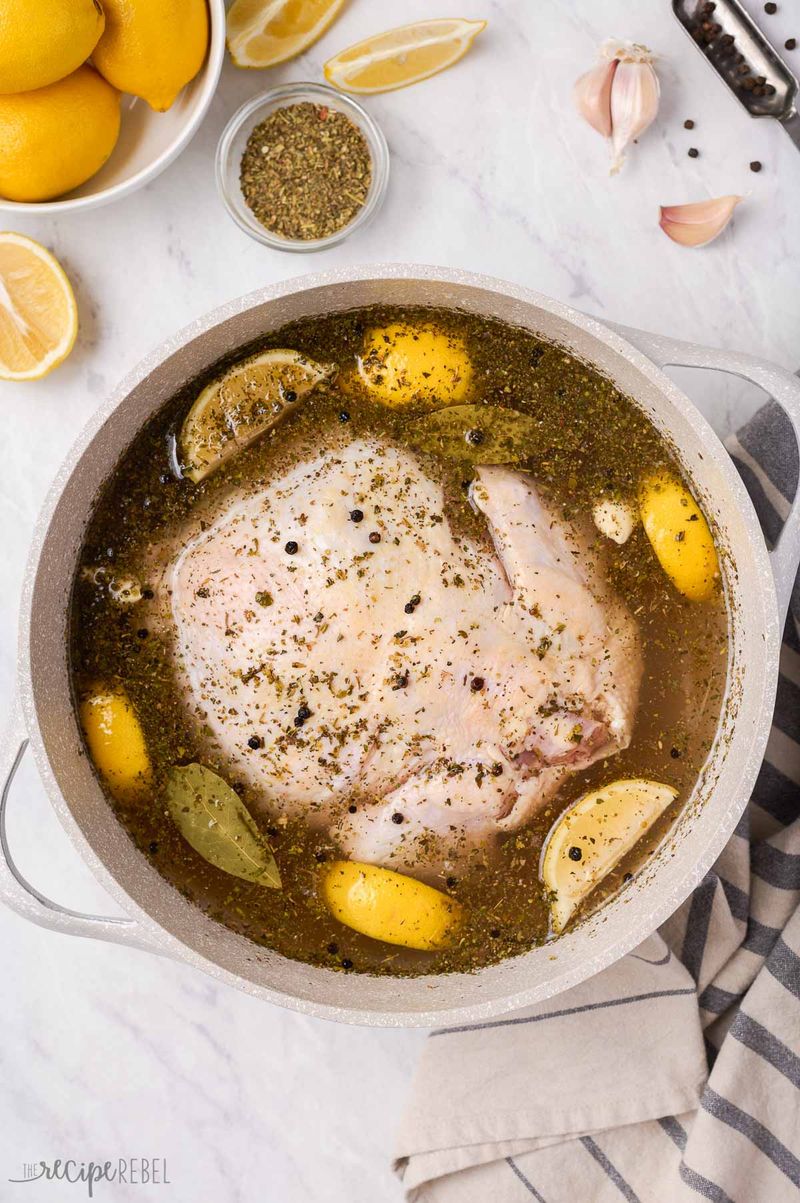
Ever found your chicken lacking in juiciness? A salt brine can be your secret weapon. Brining involves soaking the chicken in a saltwater solution, which enhances its flavor and keeps it moist during cooking.
It’s a step that requires patience but rewards you with tender, succulent meat. By investing time in this process, you’ll elevate your dish from ordinary to extraordinary.
5. Not Flattening the Chicken Out
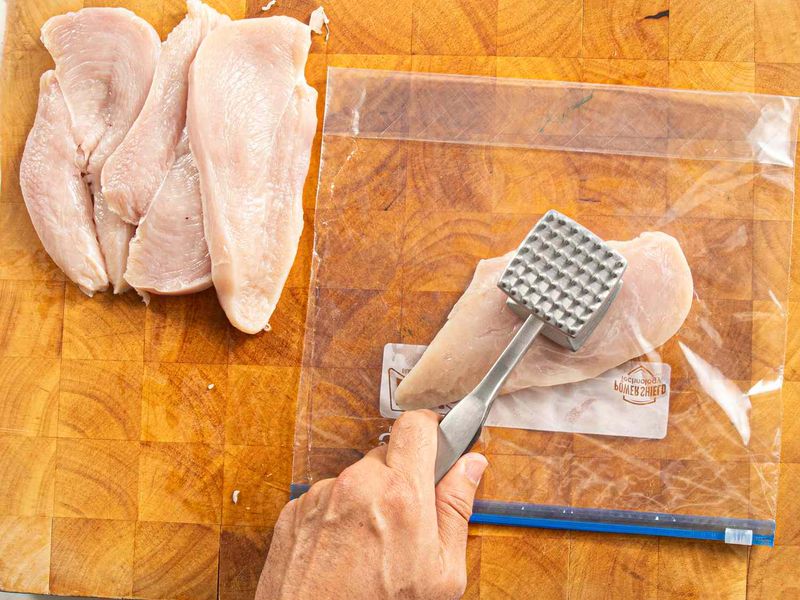
Uneven cooking can be frustrating, but there’s a simple solution. By flattening your chicken breasts, you ensure even thickness, resulting in uniform cooking. This step prevents parts of the chicken from being overcooked while others remain underdone.
Picture a plate of perfectly cooked chicken, each piece tender and juicy. Using a mallet or rolling pin, you can easily achieve consistent results. This technique is not just a culinary trick; it’s a game-changer.
6. Not Allowing the Chicken to Rest

Rushing to slice into chicken right after cooking can rob you of its juicy potential. Allowing the chicken to rest lets the juices redistribute, ensuring every bite is succulent. Imagine the difference between a dry piece of chicken and one that’s moist and flavorful.
Patience here pays off. By simply letting the meat sit for a few minutes under foil, you enhance its texture and taste. It’s the small details that elevate your culinary creations.
7. Cooking Wet Chicken Straight from the Package

Have you ever tried cooking wet chicken only to end up with a steamed effect? Removing excess moisture before cooking is crucial.
Patting the chicken dry with paper towels ensures a better sear and color, enhancing both flavor and appearance. This simple step can transform your dish from bland to brilliant, highlighting the beautiful textures and bringing out the best in your ingredients.
8. Undercooking or Overcooking It

Precision is key when it comes to cooking chicken breasts. Undercooking can leave you with raw, unsafe meat, while overcooking turns it into a tough, dry dish. Using a meat thermometer ensures that your chicken is cooked to the ideal temperature, providing safety and succulent results.
Picture the satisfaction of slicing into perfectly cooked meat, juicy and tender. This tool is an indispensable ally in achieving culinary perfection time after time.
9. Rinsing It Before Cooking It
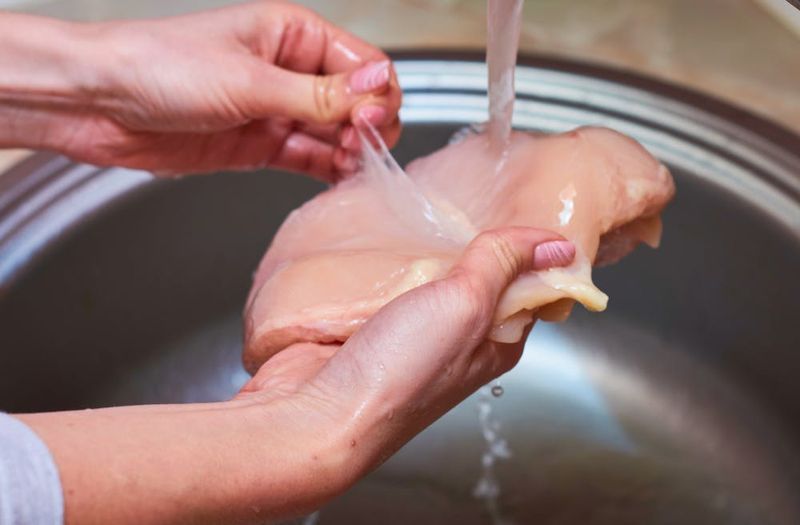
Concerned about cleanliness? Rinsing chicken before cooking is not the solution. This outdated practice can spread bacteria around your kitchen, posing a health risk.
Instead, cooking the chicken to the right temperature kills harmful pathogens. Focusing on proper cooking methods ensures a delicious, safe meal every time, without extra cleanup or worry.
10. Going Too Easy on the Seasonings

Flavor should never be an afterthought. Under-seasoning can leave your chicken lacking character. Elevate your dish by generously using herbs and spices, letting them infuse the meat with rich, vibrant flavors.
Don’t shy away from experimenting; your tastebuds will thank you. This is your chance to make every meal memorable.
11. Using Too Much Heat

Cranking up the heat might seem like a fast track to dinner, but it can backfire. Too much heat can char the outside while leaving the inside raw.
Balancing the temperature allows for even cooking, preserving moisture and flavor. Adjusting the heat isn’t just about patience; it’s about perfection, turning a rushed meal into a crafted culinary delight.
12. Just Using Boneless and Skinless
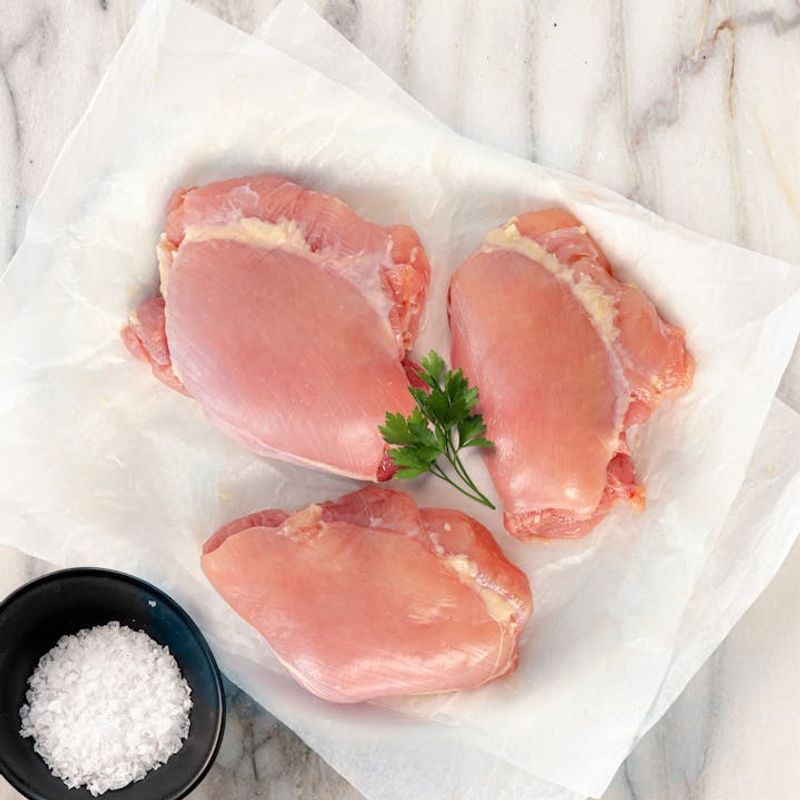
Sticking solely to boneless, skinless breasts limits your culinary adventures. Exploring other cuts, like thighs or bone-in parts, can introduce new textures and flavors. Imagine the richness and depth that a different cut can bring to your dish.
Embracing variety enriches your cooking experience, allowing for creativity and exploration in the kitchen. It’s a flavorful journey that goes beyond the ordinary.
13. Not Trying to Correct Your Mistakes
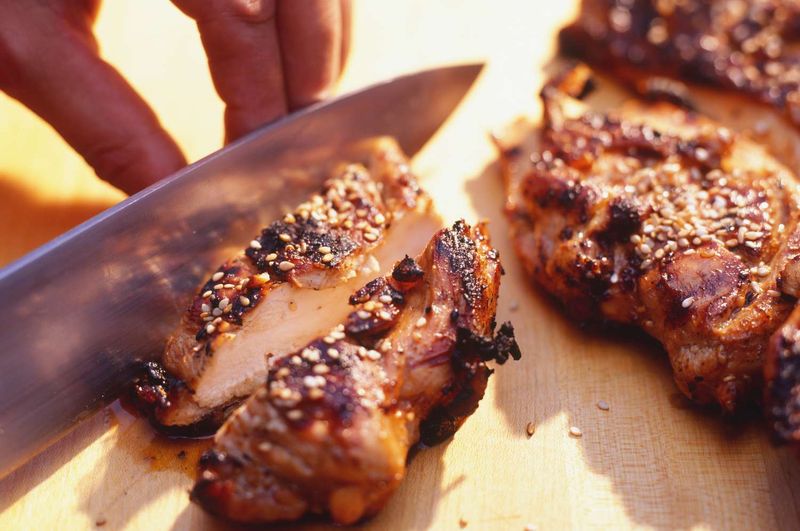
Mistakes in the kitchen can be your best teachers if embraced. Reflecting on what went wrong and experimenting with adjustments leads to improvement.
Taking notes on what worked and what didn’t turns errors into growth, enhancing your skills. This approach ensures continual progress, transforming cooking from a chore into an exciting journey of discovery.
Leave a comment